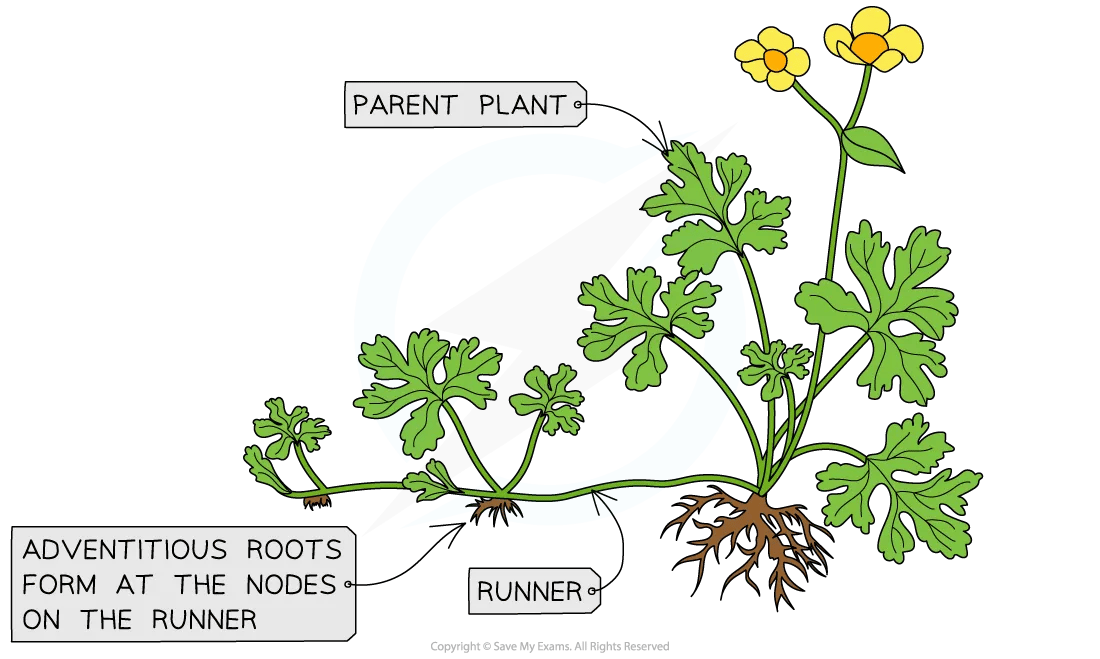Mitosis (Cambridge (CIE) AS Biology): Revision Note
Exam code: 9700
The importance of mitosis
Mitosis is the process of nuclear division by which two genetically identical daughter nuclei are produced that are also genetically identical to the parent nucleus
The process of mitosis is of great biological significance and is fundamental to many biological processes:
Growth of multicellular organisms
The two daughter cells produced are genetically identical to one another (clones)
They have the same number of chromosomes as the parent cell
This enables unicellular zygotes (as the zygote divides by mitosis) to grow into multicellular organisms
Growth may occur across the whole body of the organism or be confined to certain regions, such as in the meristems (growing points) of plants
Replacement of cells & repair of tissues
Damaged tissues can be repaired by mitosis followed by cell division
Dead and damaged cells need to be continually replaced by genetically identical cells
In humans, for example, cell replacement occurs particularly rapidly in the skin and the lining of the gut
Asexual reproduction
Asexual reproduction is the production of new individuals of a species by a single parent organism
The offspring are genetically identical to the parent
For unicellular organisms such as Amoeba, cell division results in the reproduction of genetically identical offspring
For multicellular organisms (as seen with many plant species) new individuals grow from the parent organism (by cell division) and then detach (‘bud off’) from the parent in different ways
Some examples of these are budding in Hydra and yeast and runners from strawberries

Examiner Tips and Tricks
Be mindful of the terminology here; dead and damaged cells are replaced to repair tissues. Do not make the mistake in an exam of saying that damaged cells are repaired.

Unlock more, it's free!
Did this page help you?